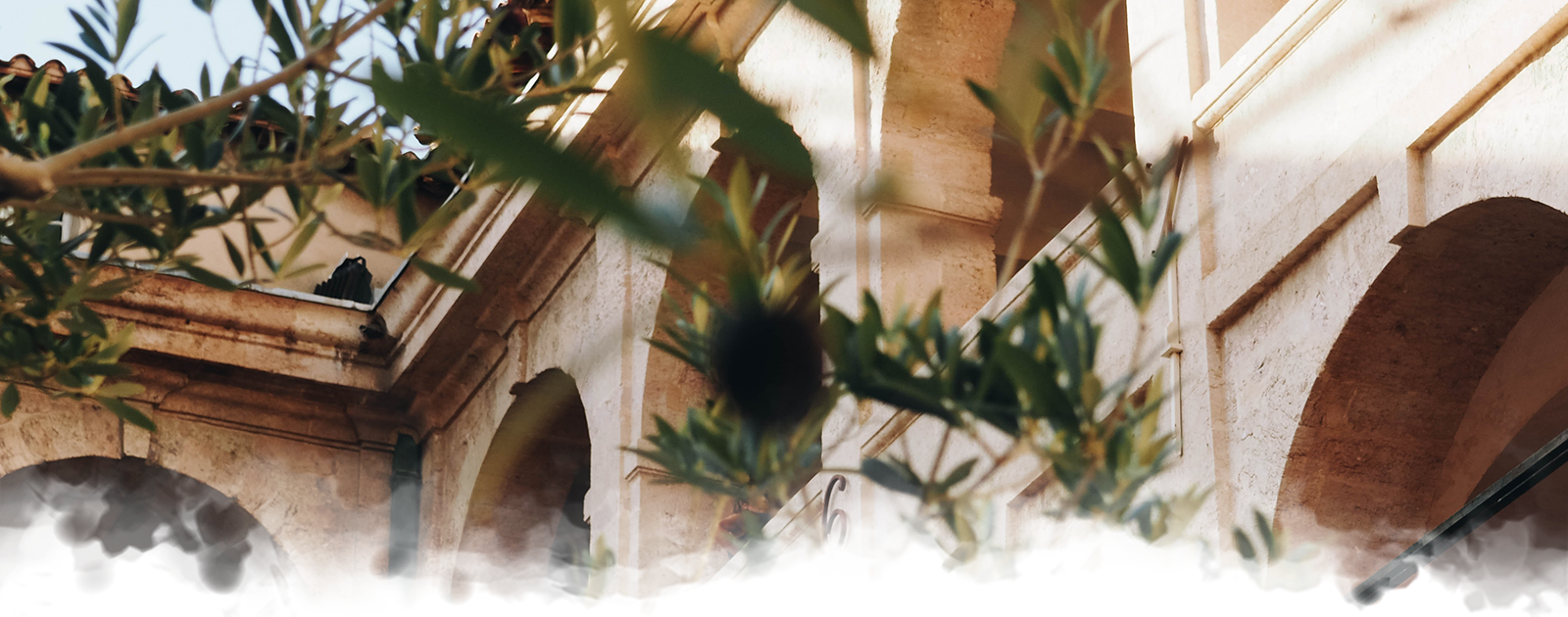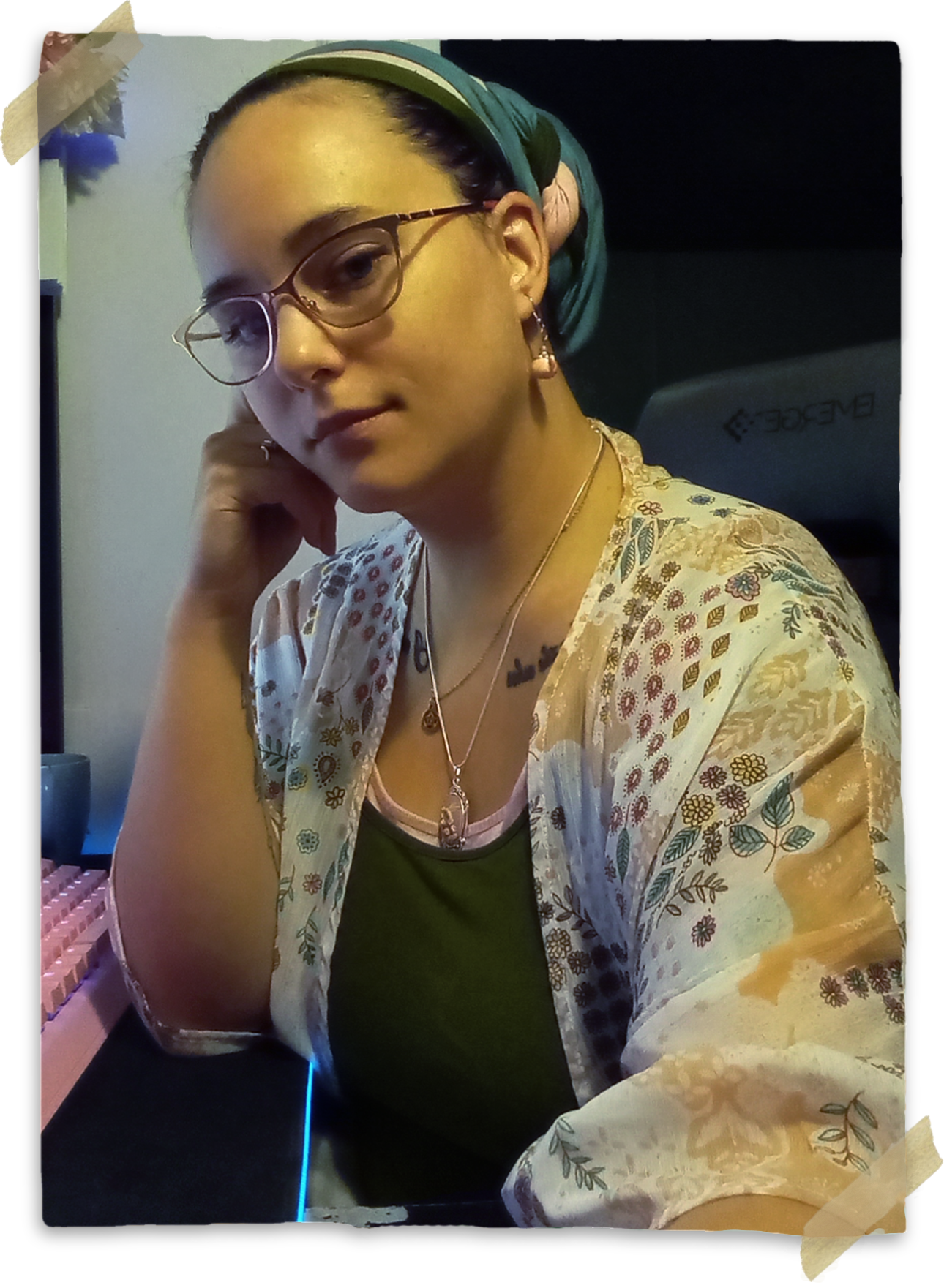Temple of a Thousand Faces
The Spiritual Home of Tolara
Construction & Legacy
Breaking ground in the year 5730, the Temple of a Thousand Faces was constructed using a number of old building techniques. The majority were techniques Archivists had derived from the remains of the Ancient Races whose ruins could be found across Olienn, Castrillis, and Martova- primarily the The Nom'Yth and Phet. Using these methods, large stones of white and gold Marble were quarried from the nearby mountains in Gwyn Tira'Kie and brought to the construction site through a variety of means. They were then raised into position and secured using notches cut into the stone- as well as the stone's own weight- to hold them in place. Once secure, they were ornately carved by local craftsmen who were paid daily wages for their work (a new practice in Temple construction that differed from standard practices still upheld in the old world). Sadly disaster occurred in 5736, just six years into its construction; a hurricane ravaged the isle and destroyed much of the original construction... They wouldn't know how bad the damage was, however, until efforts were under way to clear the site. When they did, architects found that very little of the building survived in the aftermath of the storm. Some of the original architecture still remained, however, and what portions were salvageable were re-purposed into columns, pillars, and other decorative elements for the new building. In an effort to complete it, though, further construction was much more simplistic in design- leading to a strange mishmash of differing architectural styles. After clearing the site and salvaging what they could the Temple wouldn't be completed until 5749, nearly 20 years later. When it opened, the early Priesthood took Imalda e'Yisonn's personal convictions and actions to heart; the tenets of charity and grace, and an unwavering dedication to community became the foundational principles on which the Temple operated. As a result, the Temple of a Thousand Faces played an instrumental role in establishing the early Tolaran colony's safety, security, and health.Cathedral / Great temple Function
Religious Temple / Worship Location
Saethar'Kori;
Gwyn Tira'Kie, Tolara Alternative Names
Grand Temple of Tolara
























Wow. This is amazing.
Thank you <3
⤳ Buy me a Ko-fi
⤳ Join My Discord